‘In three days, she had an appointment to die’: The Paralympian who chose death
Belgium has one of the most liberal approaches to assisted suicide in the world. But that doesn’t mean people are accepting of it, say Andrew Keh and Lynsey Addario
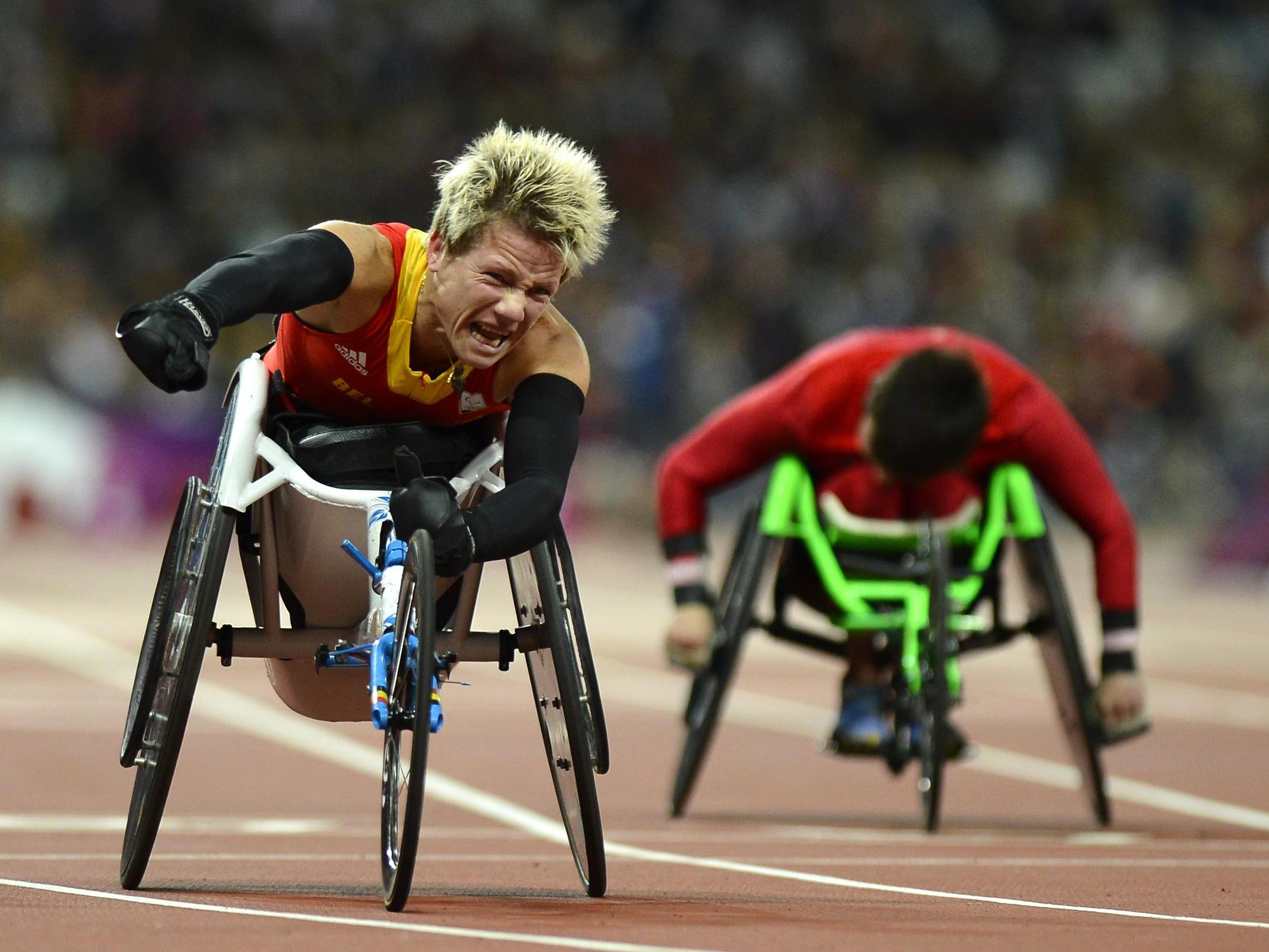
Champagne flutes were hastily unpacked from boxes, filled to their brims and passed around the room. Dozens of people stood around inside Marieke Vervoort’s cramped apartment, unsure of what to say or do. This was a celebration, Vervoort had assured her guests. But it did not feel like one.
Eleven years earlier, Vervoort had obtained the paperwork required to undergo doctor-assisted suicide. Since her teenage years she had been battling a degenerative muscle disease that stole away the use of her legs, stripped her of her independence, and caused her agonizing, unrelenting pain. The paperwork had returned some sense of control. Under Belgian law, she was free to end her life anytime she chose.
But instead, she just went on with it – seized it with new vigour, even. Within a few years she reached uncharted heights in her career as a wheelchair sprinter, winning a gold medal at the Paralympics. She became a celebrity at home and abroad. She travelled the world telling her life story, unspooling it as an inspirational narrative.
But she still had that paperwork. And now, after more than a decade of uncertainty and pain and joy, of wishing for the end of her life and at the same time fearing it, Vervoort had invited her loved ones to her home for the most heart-wrenching of reasons: in three days, she had an appointment to die.
“It’s a strange, strange, strange feeling,” her mother, Odette Pauwels, said as she scanned the party.
She had come close to scheduling her death on multiple occasions, but had always switched course, found a reason to put it off. Something would come up. Conflicts would emerge. There would be another date to look forward to, another reason to live.
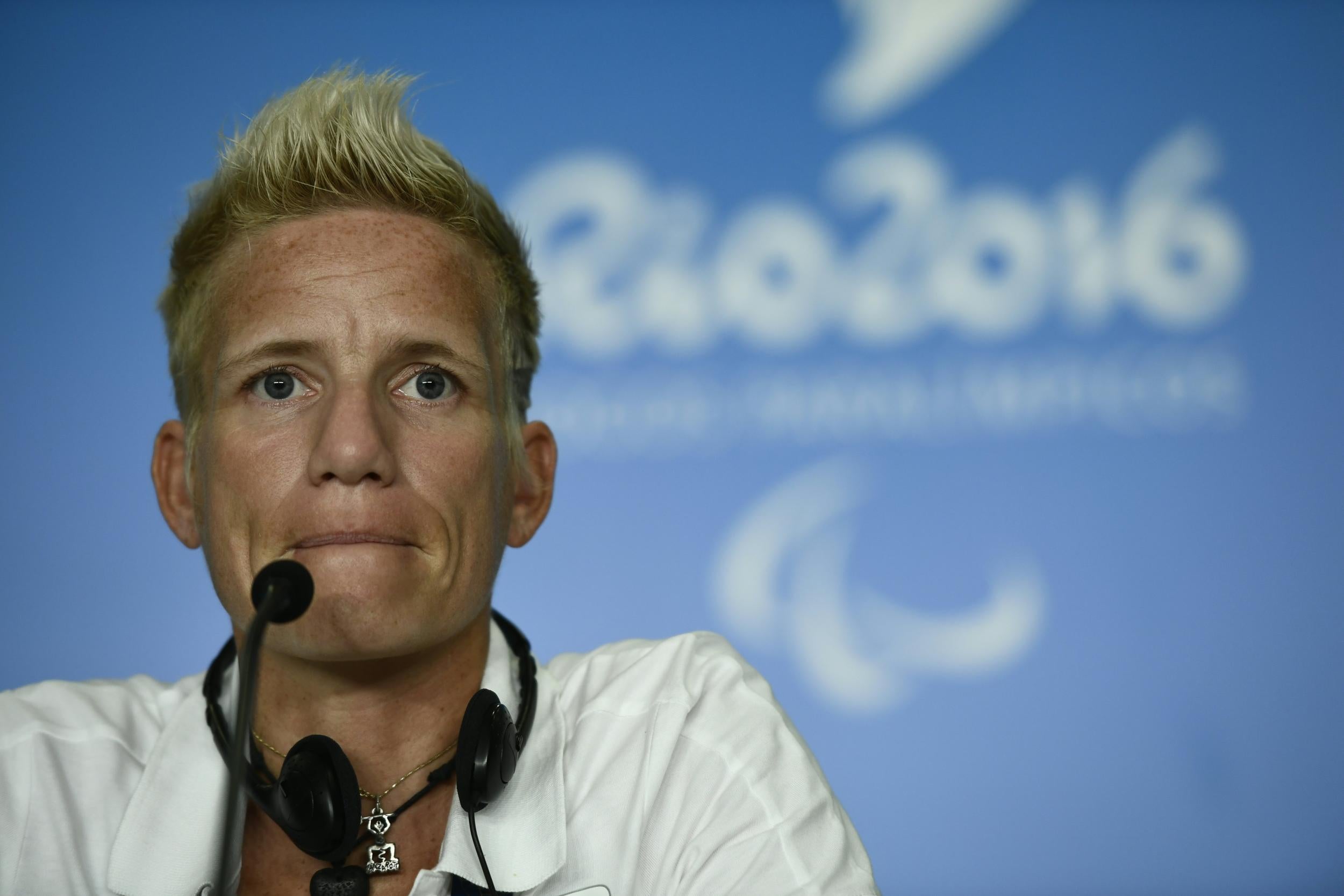
Her friends and family had observed this tug of war longer than anyone else, the endless seesawing between her mounting pain and whatever small fulfilments she could experience in however much time she had left. This time, Vervoort, 40, seemed resolved. Over the previous week, she had been discussing the procedure with a degree of clarity and seriousness that those who knew her best admitted they did not often see.
Her friends and family had observed this tug of war longer than anyone else, the endless seesawing between her mounting pain and whatever small fulfilments she could experience
“I’m looking forward to it,” she said of her death. “Looking forward finally to rest my mind, finally have no pain.” She paused. “Everything I hate will be over.”
Paralympic athletes rarely enjoy anything close to mainstream renown, but Vervoort captivated Belgian sports fans with her displays of power on the track and charmed them with her unadulterated screams of elation beyond the finish line. Her colourful personality helped, too – as did the presence of her loyal sidekick, a service dog named Zenn.
Soon, those fans learned of the melancholic story behind her competitive success, and of the debilitating hardships that lay ahead.
What had begun for Vervoort as a happy childhood – loving parents, a younger sister, long days playing sports on a dead-end street – had grown complicated by her teen years, when the pain that plagued her for the rest of her life first appeared. It emerged initially as a tingling in her feet. The tingling over the years turned to pain, smouldering up her legs, sapping their strength. She spent her teens on crutches. At 20, she was in a wheelchair.
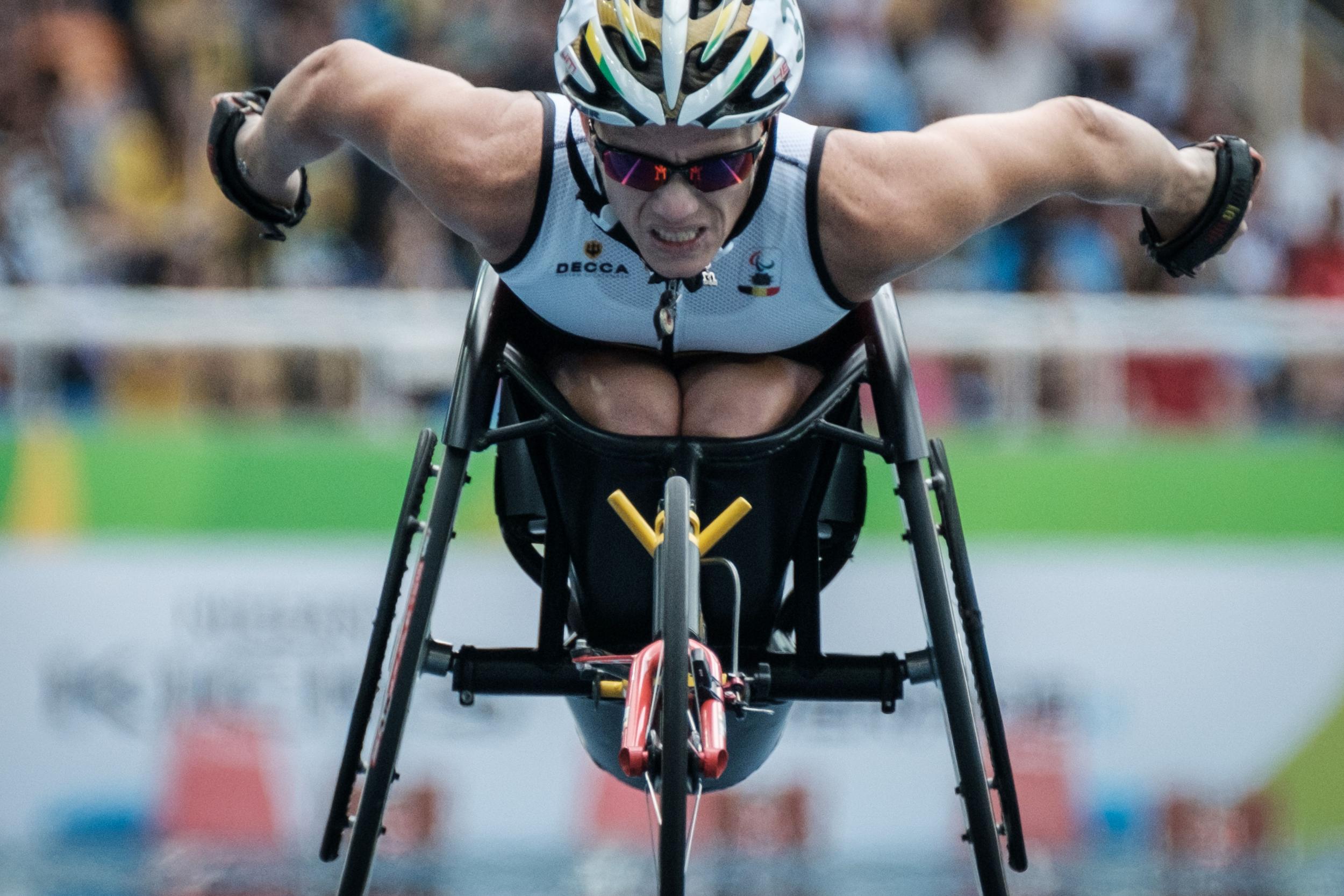
With her childhood dreams of becoming a teacher derailed by her precarious health and the uncertainty that accompanied it, Vervoort, by her 20s, had come to find some meaning in sports: wheelchair basketball, scuba diving, triathlons. But the constant pain and fear eventually plunged her into deep depression. At age 29, she determined her disease was too heavy a burden to bear. She began hoarding pills at home. That was how she would end things, she thought.
As a last resort, a psychiatrist suggested she speak to Dr Wim Distelmans, the leading advocate for doctor-assisted suicide in Belgium.
The right to end one’s life with the assistance of a doctor has been legal in the country since 2002, available to patients who exhibit a “hopeless” medical condition with “unbearable” suffering, including mental illnesses or cognitive disorders. No country has more liberal laws for doctor-assisted death than Belgium, a country of 11 million people, where 2,357 patients underwent euthanasia in 2018.
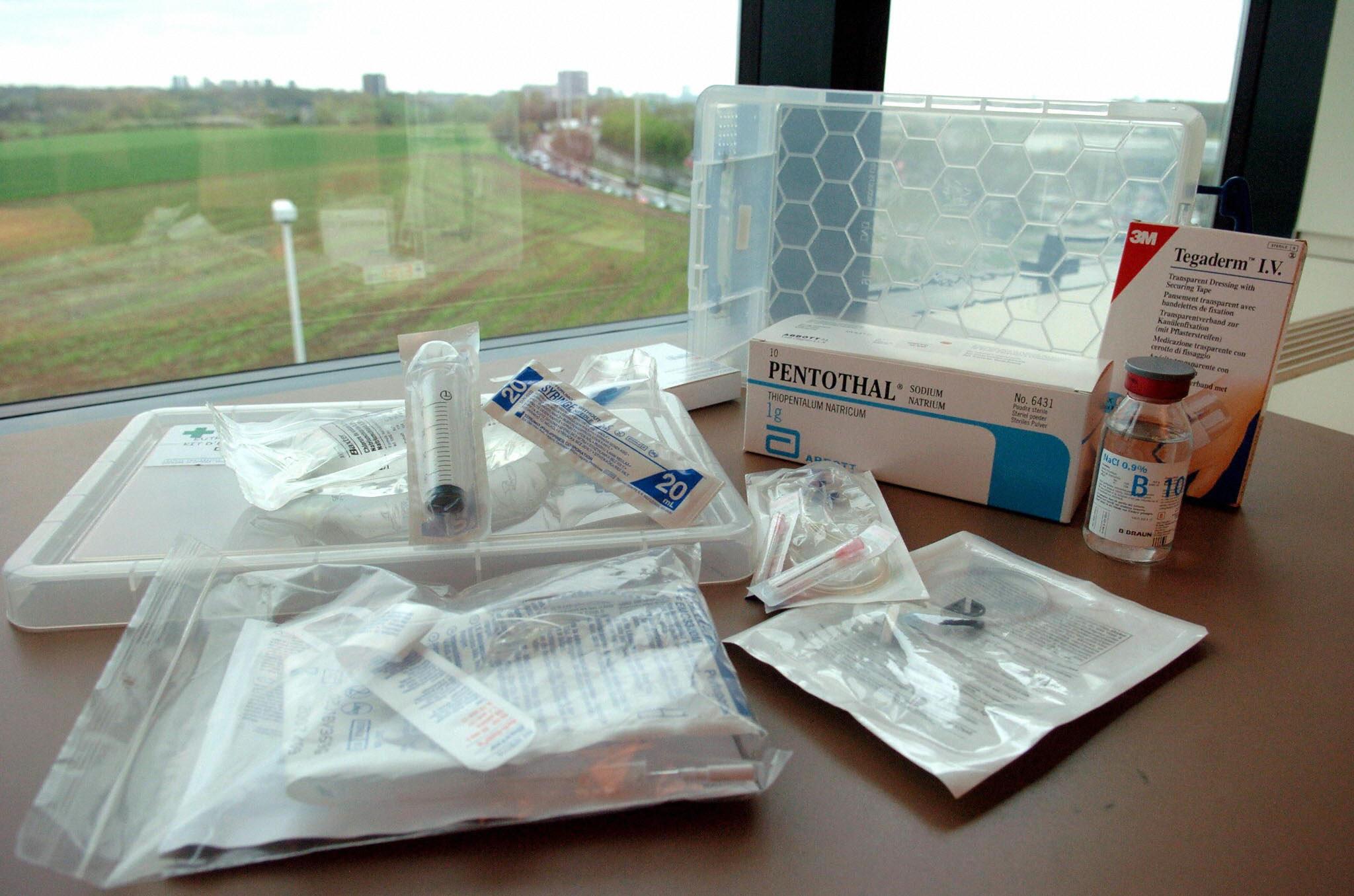
And even as the choice to undergo physician-assisted suicide had become more common in Belgium, there were still many, including Vervoort’s parents, who were philosophically uncomfortable with it.
But she kept the appointment with Distelmans, and he, after a close examination, granted her the preliminary approval to end her life. He added, though, that she did not quite seem ready to follow through with it.
She agreed.
“I just wanted to have the paper in my hands for when the time comes that it’s too much for me, when, day and night, someone has to take care of me, when I have too much pain,” she said. “I don’t want to live that way.”
In Vervoort’s telling, the papers allowed her to wrest back some control of her life. She no longer feared death because she could hold it in her hands at any time.
“Because of those papers,” she said, “I started to live again.”
Unencumbered by old anxieties, she produced an extended run of excellence in her small corner of wheelchair sports. She became known as the Beast From Diest.
Along with the gold medal she won at the 2012 Paralympics in London, she took home a silver in the 200m event. After that came three gold medals at the 2015 world championships in Doha, Qatar, and then two more medals – a silver in the 400 and a bronze in the 100 – at the 2016 Paralympics in Rio de Janeiro.
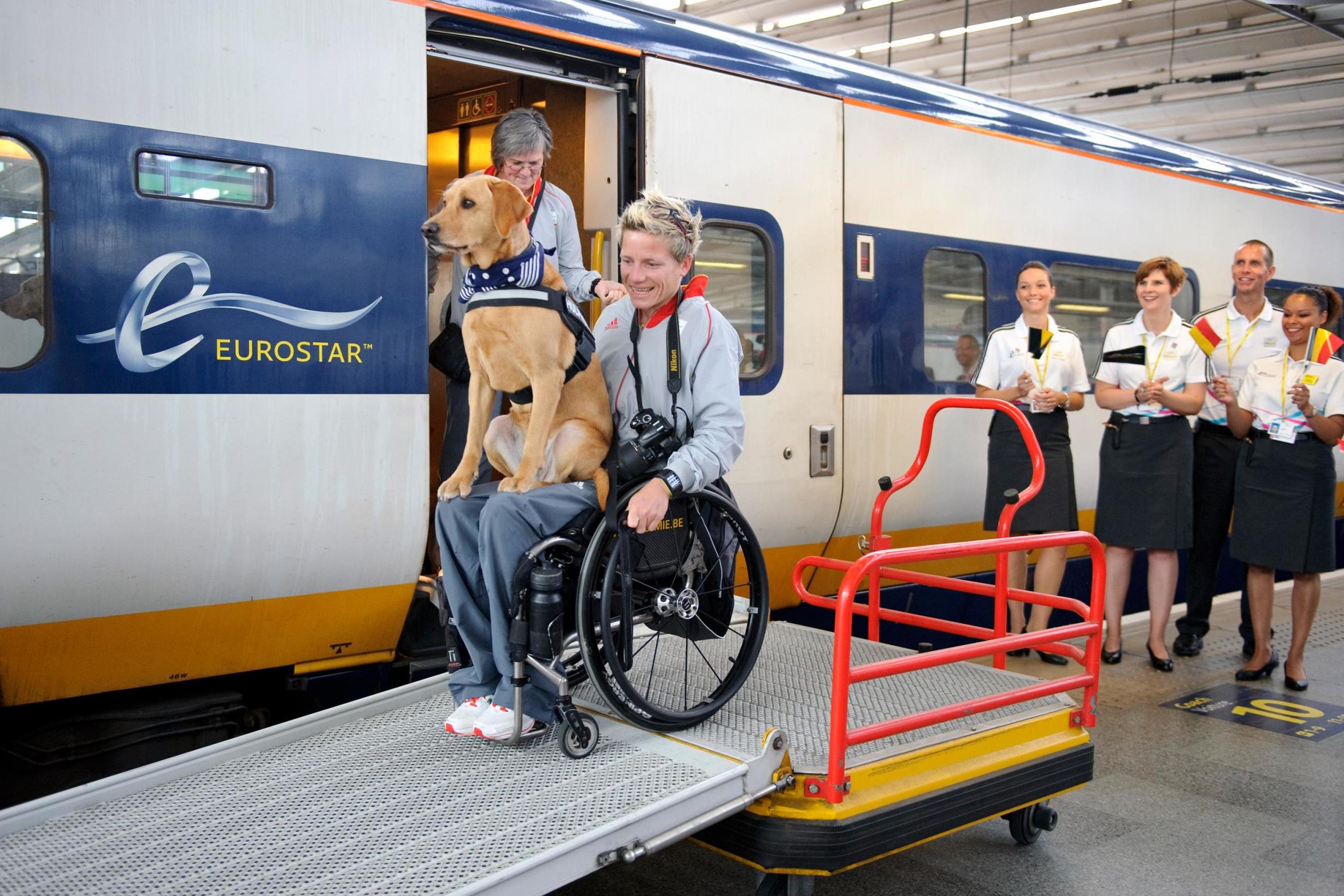
The victories changed her life. Suddenly in the spotlight, she blossomed.
A year after the London Games, she was named a Grand Officer of the Order of the Crown by King Philippe, one of Belgium’s highest honours. She gave motivational speeches to corporate audiences and picked up sponsors. She went on shopping sprees at the Belgian headquarters of Nike.
Her parents cried at seeing her suffer. But they also lived in fear of receiving a telephone call that something had happened to her, or that she had made concrete plans, at last, to undergo the procedure
The Rio Games brought her a new rush of attention, and it was obvious she enjoyed it. She welcomed every interview, every television and radio appearance. She became an object of fascination in the Belgian tabloid press and was trailed by a documentary filmmaker. She posted minute details about her life on a Facebook page followed by tens of thousands of people.
The mesmerising spectre of mortality hung over everything, creating a tension that could not be ignored. Her celebrity came with a dark twist: the prospect of her dying brought her more renown than she ever imagined, and yet it would, in time, bring everything to an end. Many athletes endorse shoes or soft drinks; here was a gold medallist effectively endorsing doctor-assisted suicide.
If the Rio Paralympics were a launching pad for her fame, their aftermath, her official retirement, would symbolise a turn towards the dark and inevitable.
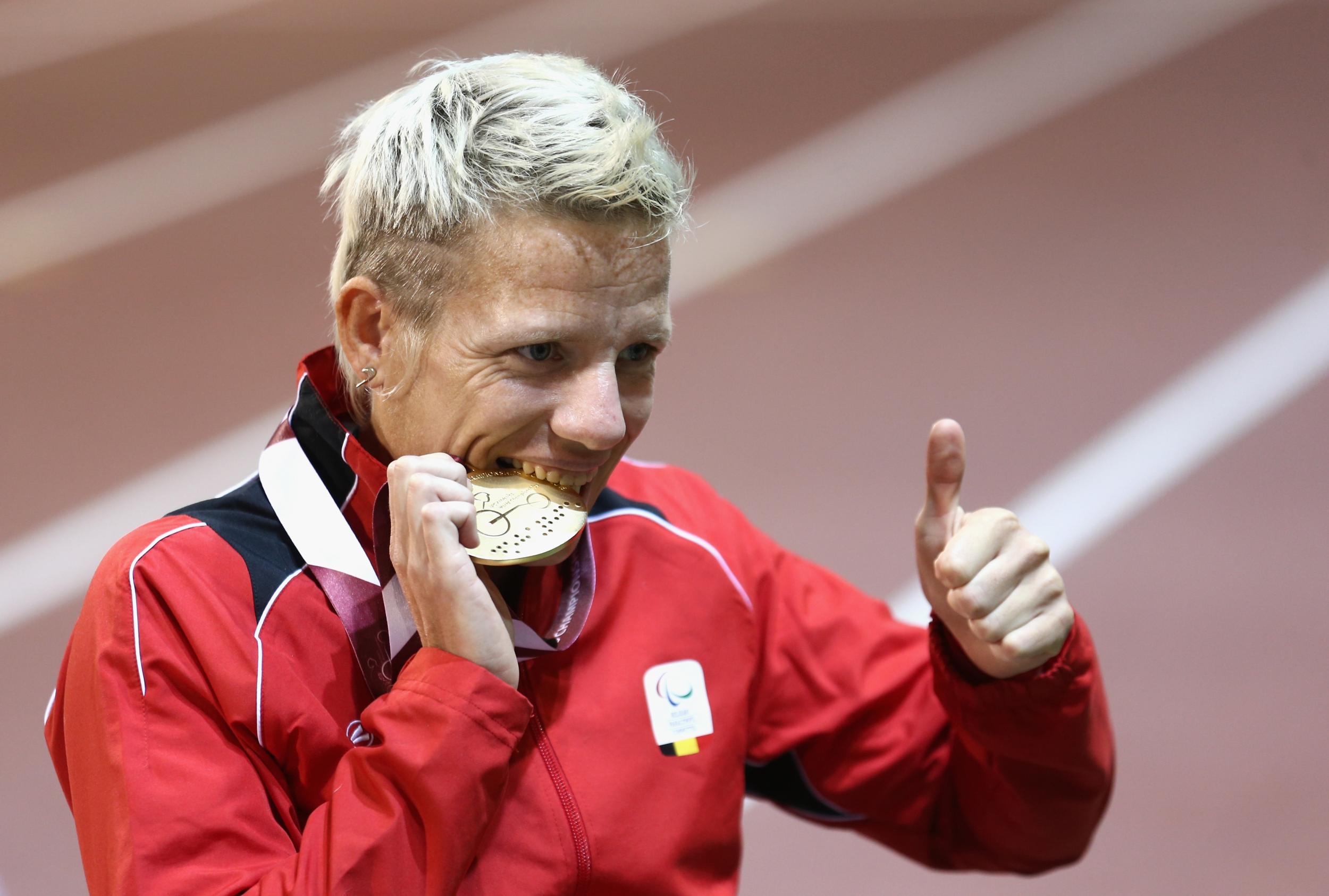
The pain intensified. She had long travelled with a rattling green toolbox of pills, but by mid-2017 she was openly addicted to morphine, taking several doses daily. Her days, once filled with training and appearances, became a blur of hospital stays, pain treatments and drug-induced naps.
“This is a difficult period for her,” her father, Jos, said in late 2017. “Last year, she had sports. Now, most of the time, when we see her at her house, she’s laying down on the couch, sleeping.”
Those closest to Vervoort could see her eyes sag under the weight of the drugs she took to ease her pain. They heard her speech slur, filled in the gaps when she would forget entire conversations, sat patiently when she nodded off mid-sentence.
Her parents cried at seeing her suffer. But they also lived in fear of receiving a telephone call that something had happened to her, or that she had made concrete plans, at last, to undergo the procedure. Their stance on doctor-assisted suicide became more complicated as their daughter inched towards it.
“We don’t support it,” Jos Vervoort said, “but we understand it.”
I really try to enjoy the little things. But the little things are getting so little
They were among those who held out hope that she would change her mind. Some days, their daughter was her bright old self. She tried picking up new hobbies. She spent time with friends, peppering them with sophomoric jokes, filling the spaces around her with laughter.
But increasingly the fundamental demands of daily life were provoking in her an obscure weariness. She fell unconscious at a child’s birthday party in late 2017 and left feeling helpless and embarrassed.
The Paralympic champion was withering in plain sight.
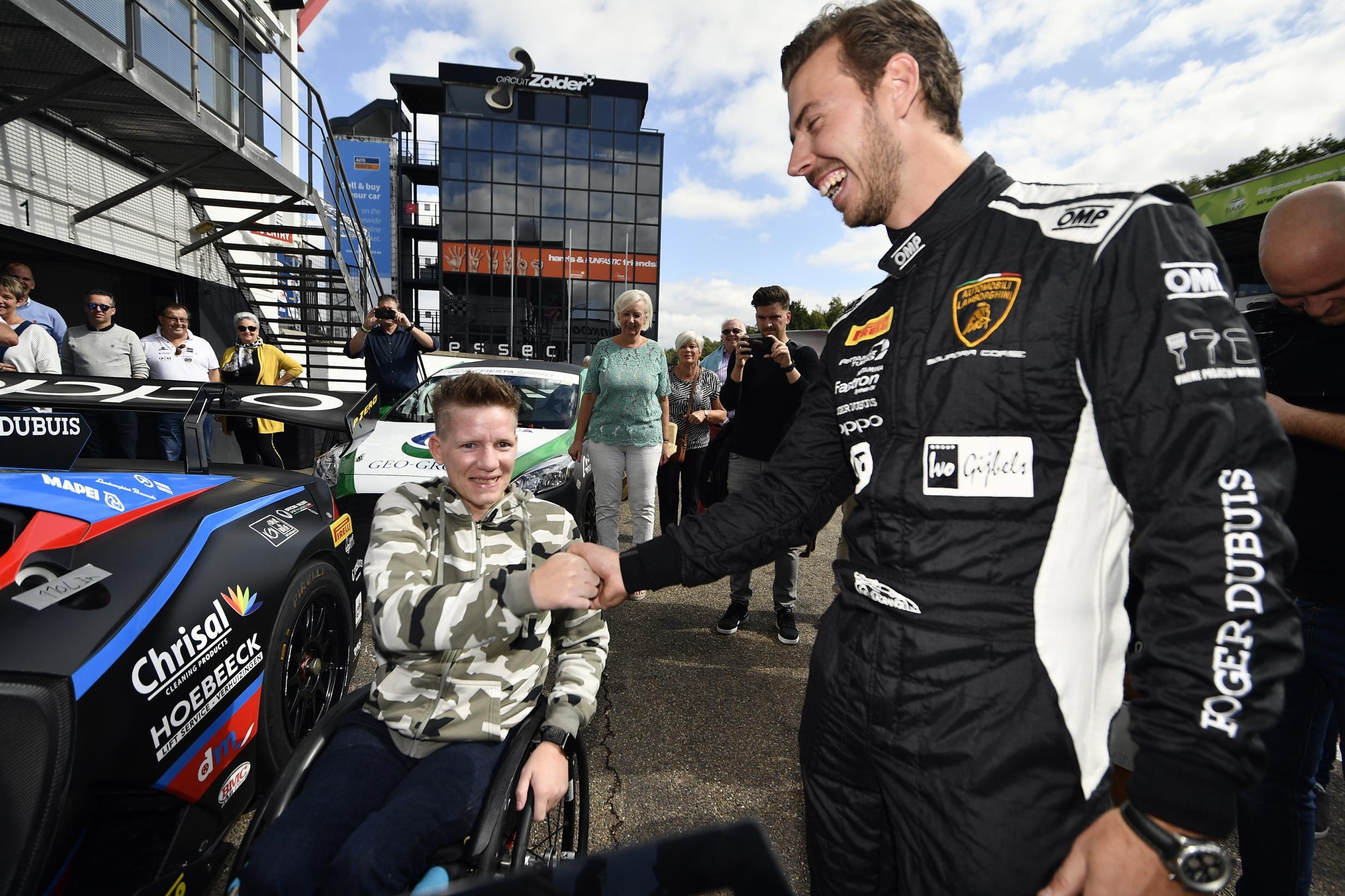
“I really try to enjoy the little things,” she said. “But the little things are getting so little.”
By this fall, it became clear she was growing impatient. Her doctors were struggling to coordinate a date, and she was convinced that they were finding reasons to stall.
“When they tell me the day,” she said,” I will be the happiest person on earth.”

Vervoort convened her so-called goodbye party at her apartment on short notice for a Saturday in October. Barring a last-minute postponement, she was scheduled to die the following Tuesday.
Three days later, on the Tuesday, her parents drove her home, this time to die. They stopped at the pharmacy to pick up the euthanasia drugs, which by law the family must purchase itself.
Back at her apartment, another small group of people gathered to say their goodbyes, but Vervoort seemed only partly aware of their presence. She sought out and held her nephew, Zappa, her sister’s first child, who was less than a month old. She had scheduled her death for after his birth, so that she could meet him.
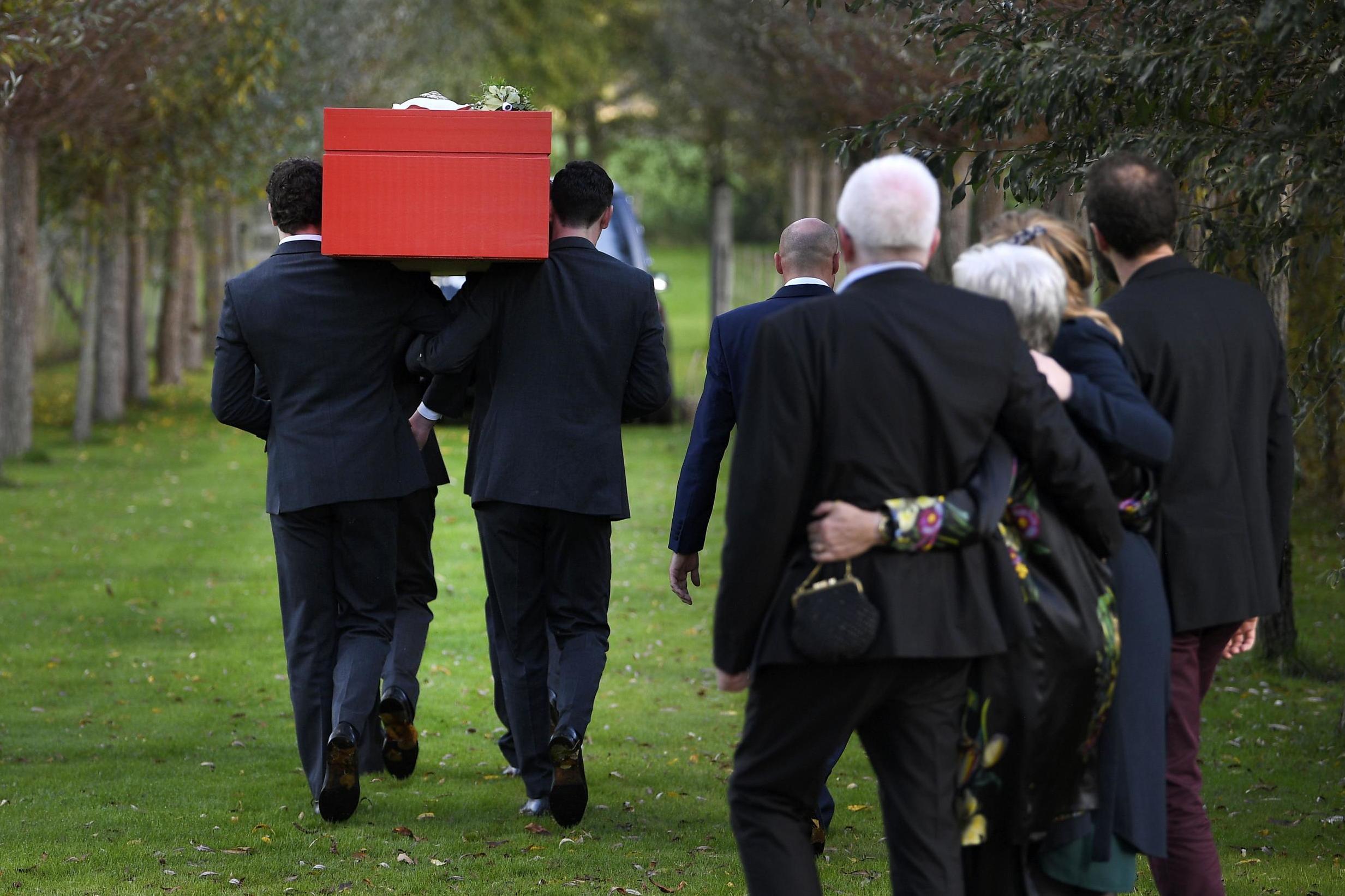
When the doctor, Distelmans, arrived two hours later, most of the guests were gone.
Distelmans and another doctor wheeled Vervoort into her bedroom, where pictures of her in her racing days had been taped to the door, and helped her into bed. She spent a final moment with her parents, her godmother and two of her best friends.
“Are you sure you want to continue?” one of the doctors said.
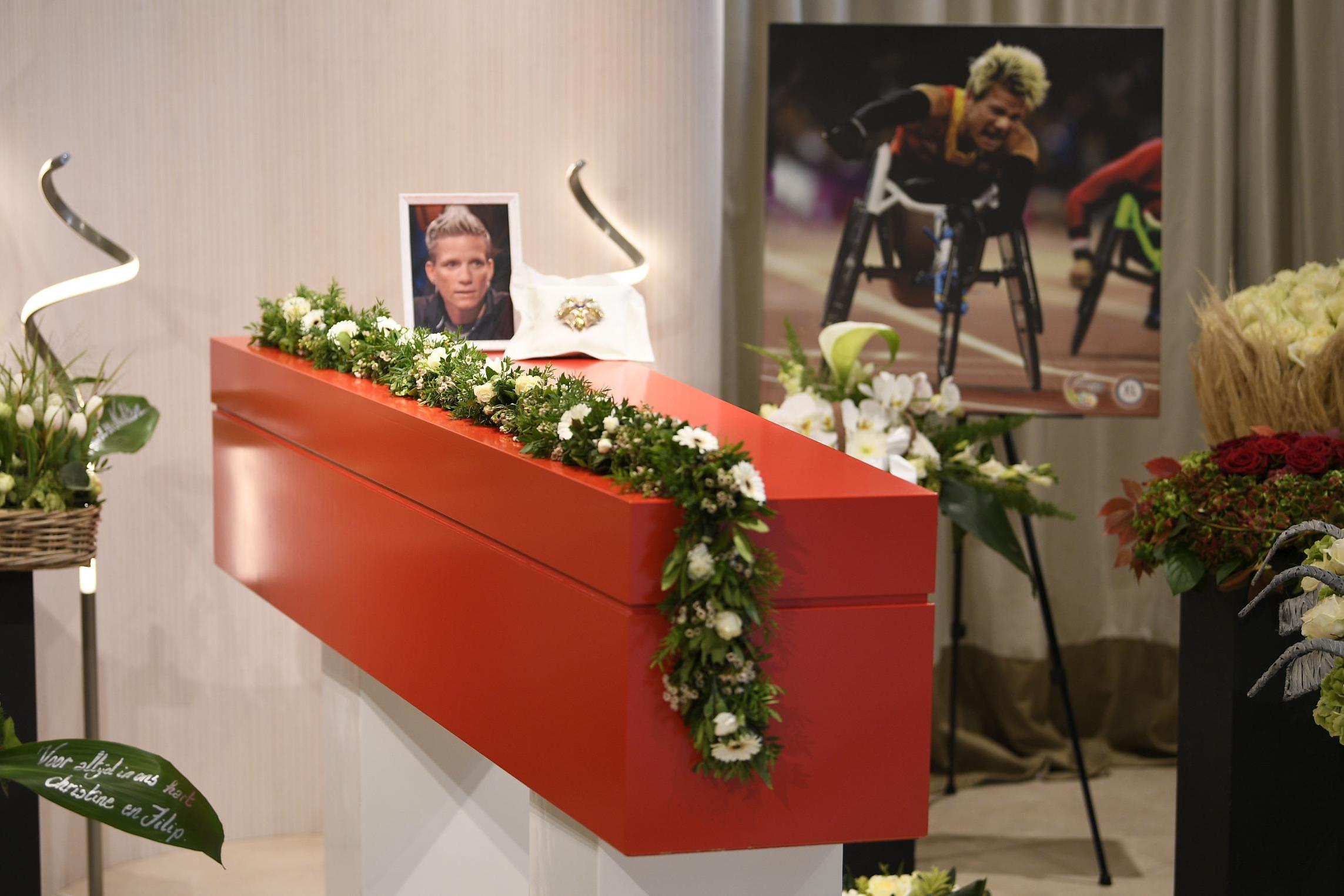
“Yes, I want to continue,” she said.
The time of death was recorded as 8:15 p.m.
© The New York Times
Join our commenting forum
Join thought-provoking conversations, follow other Independent readers and see their replies
Comments
Bookmark popover
Removed from bookmarks